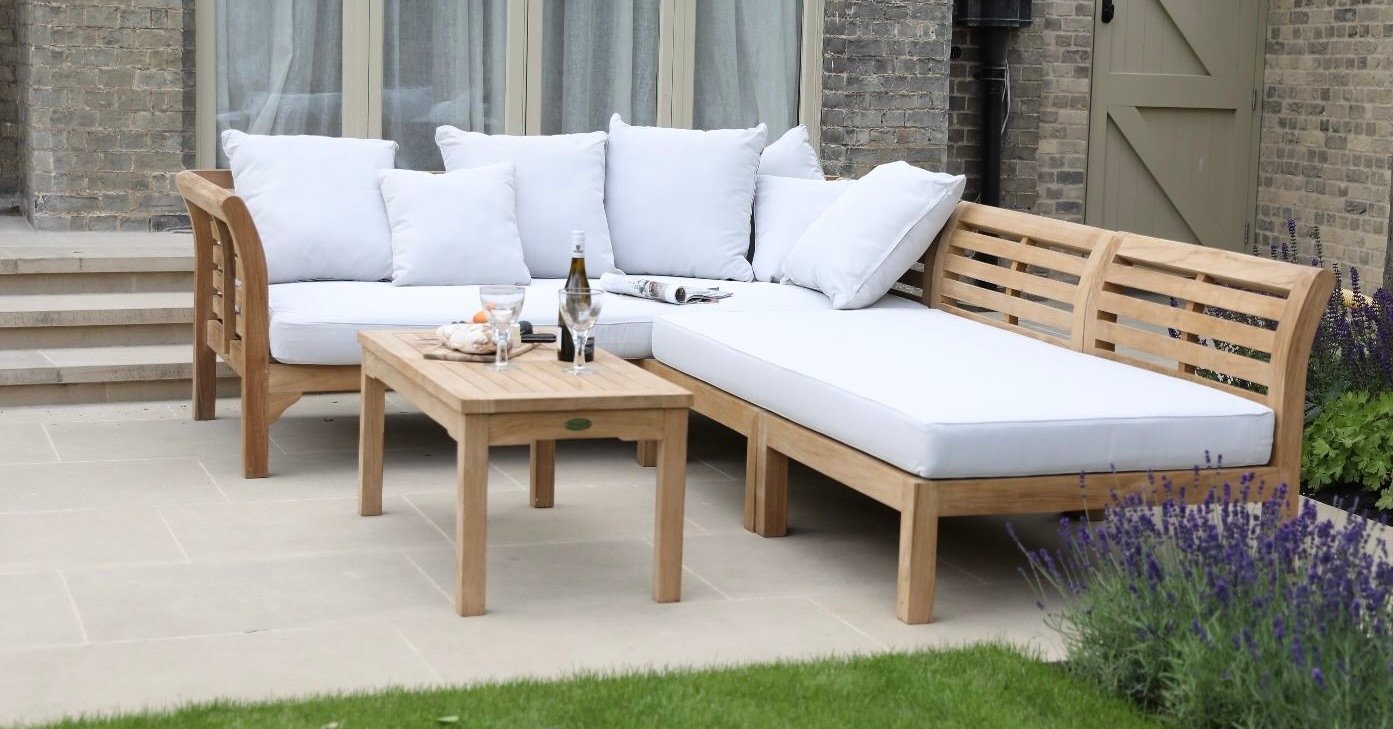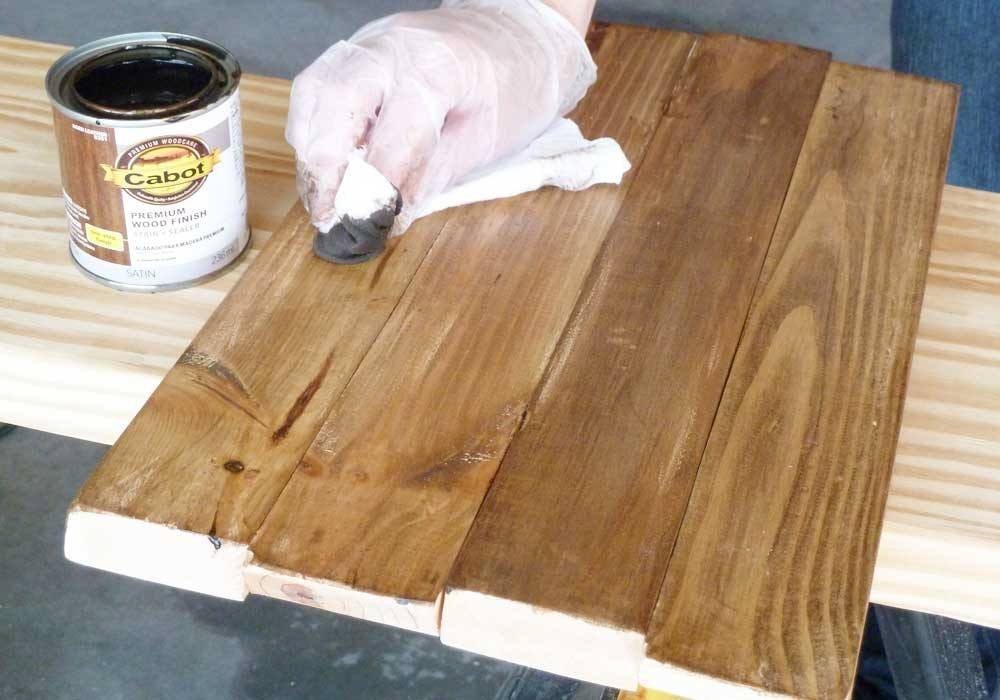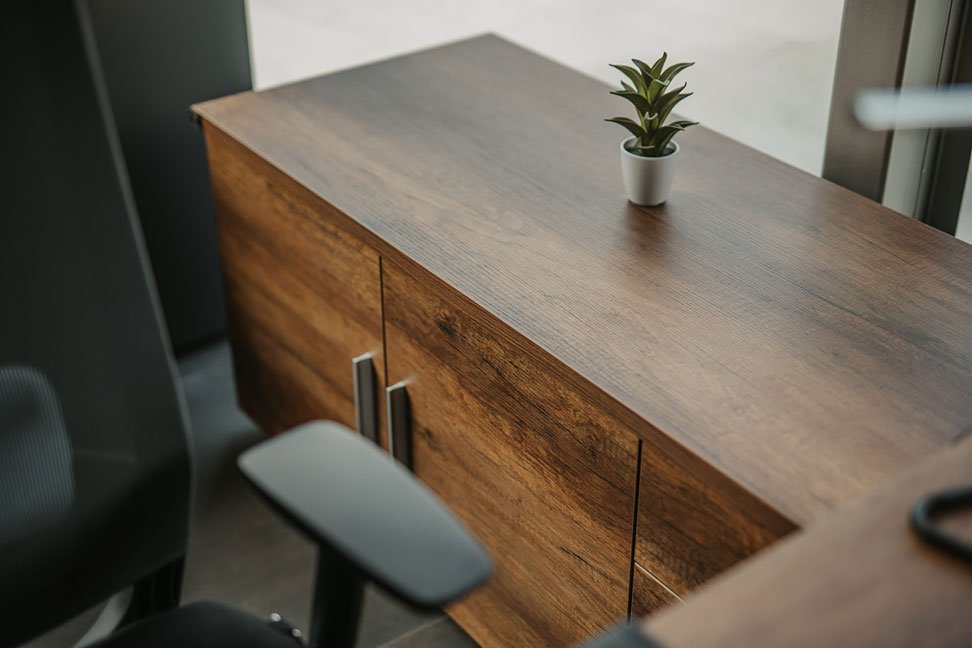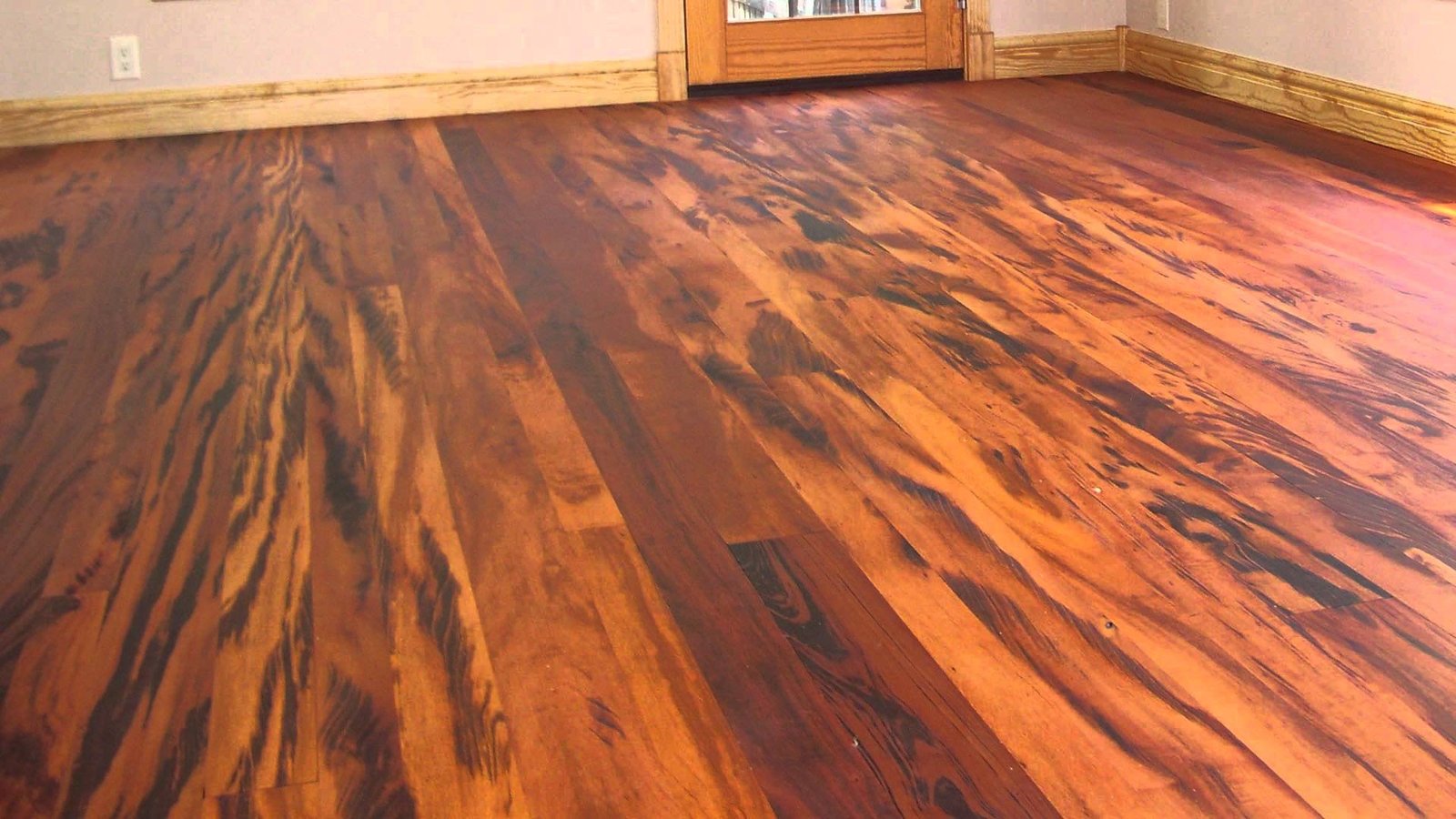Teak is one of the most durable and attractive types of wood, widely used for outdoor furniture, decking, and various other applications. Its natural oils give it resistance to water, pests, and weather, but like all wood, teak still requires proper care to maintain its beauty and longevity. With the right maintenance routine, your teak items can last for many years, looking as good as new. In this guide, we’ll go over the best care tips to keep your teak lumber in excellent condition.
1. Regular Cleaning
Keeping your teak clean is one of the easiest ways to maintain its appearance and performance. Cleaning removes dirt, grime, and mildew, which can cause the wood to degrade over time. Fortunately, teak is easy to clean and doesn’t require harsh chemicals.
How to Clean Teak:
- Use mild soap and water: Mix a small amount of mild dish soap with warm water. Use a soft cloth or sponge to wipe down the surface of the teak. For stubborn dirt, you can use a soft brush (like a toothbrush) to scrub the wood gently.
- Rinse thoroughly: After cleaning, rinse the teak with clean water to remove any soap residue.
- Dry properly: Allow the teak to dry completely before using it again. This prevents moisture buildup, which could damage the wood.
Avoid using abrasive cleaners, as they can scratch and damage the surface of the teak.

2. Treating with Teak Oil (Optional)
Teak oil can be used to preserve the wood’s rich, golden-brown color and enhance its natural beauty. However, it’s important to note that using teak oil is optional. Over time, teak naturally develops a silvery-gray patina, which many people find attractive. But if you prefer to maintain the original color, teak oil is an excellent option.
How to Apply Teak Oil:
- Choose the right oil: Make sure to use high-quality teak oil specifically designed for outdoor furniture. Avoid using any oil that is not recommended for teak, as it could damage the wood.
- Clean before applying: Always clean the teak before applying oil. Apply the oil to a dry, clean surface for the best results.
- Apply with a cloth: Use a clean, soft cloth to rub the oil into the teak. Apply a thin, even layer and let the oil soak in for about 10-15 minutes.
- Wipe off excess: After allowing the oil to absorb, wipe off any excess oil with a clean cloth. This prevents sticky residue and ensures an even finish.
Repeat this process every 6-12 months, depending on the exposure to sunlight and weather conditions.
3. Avoid Harsh Chemicals
Teak is a delicate wood, and using harsh chemicals can break down its natural oils and cause damage. Avoid bleach, ammonia, or other strong cleaning agents that can strip the wood of its natural properties.
Chemical-Free Cleaning:
- Use gentle cleansers: As mentioned earlier, a mild soap and water solution is all you need to clean teak safely.
- Natural cleaners: If you need a stronger cleaner, consider using a mixture of water and vinegar or a commercial teak cleaner that is specifically designed for wood care.
Harsh chemicals can also change the color of the wood, so it’s best to stick with safe, natural cleaning solutions.
4. Prevent Water Damage
While teak is naturally water-resistant due to its oils, excessive exposure to moisture can still cause damage over time. It’s essential to prevent standing water from pooling on the surface, especially in areas where water can collect, like on furniture or decking.
How to Prevent Water Damage:
- Keep furniture dry: Always wipe off excess water after rain or spills. For outdoor furniture, consider using a waterproof cover when not in use, especially during heavy rain or snow.
- Avoid wet cushions: If you have cushions on your teak furniture, make sure they are not left wet for long periods. Wet cushions can promote mold or mildew growth.
- Clean up spills immediately: Teak is resistant to stains, but it’s always best to clean up any spills—especially oils or acidic substances like wine or vinegar—as soon as they occur.
By preventing prolonged exposure to water, you’ll help preserve the wood’s integrity and appearance.
5. Sanding to Remove Scratches and Stains
Teak can accumulate scratches or stains over time, but it’s relatively easy to restore its smooth finish. If your teak furniture or decking starts to look worn or scratched, a light sanding can bring back its original luster.
How to Sand Teak:
- Choose the right sandpaper: Use fine-grit sandpaper (around 120-150 grit) to lightly sand the surface of the wood. Be sure to sand in the direction of the wood grain to avoid creating scratches that are difficult to remove.
- Sand lightly: For most cleaning and restoration tasks, a light sanding is enough. You can sand more heavily if there are deep scratches or stains.
- Clean after sanding: After sanding, be sure to wipe the teak down with a damp cloth to remove any sawdust before reapplying oil or finishing.
Sanding is an excellent way to maintain the smooth texture of teak and remove imperfections, helping it maintain its appearance for years.
6. Storing Teak in the Off-Season
If you live in an area with harsh winters or seasonal weather changes, it’s a good idea to store your teak furniture indoors during the off-season. This prevents it from being exposed to extreme temperatures, heavy snow, or prolonged rain.
Storing Teak:
- Cover outdoor furniture: If you can’t store your teak furniture inside, at least cover it with a breathable, weather-resistant cover to protect it from moisture and dirt.
- Store in a dry place: If possible, store your teak furniture or items in a dry, temperature-controlled environment, such as a shed or garage, to prolong their life and keep them safe from the elements.
- Clean before storing: Always clean your teak furniture before storing it. This removes any dirt or oils that could cause damage during storage.
Proper storage ensures that your teak items will stay in top condition and be ready for use when the weather improves.
7. Regular Inspections
Finally, it’s a good idea to inspect your teak furniture or structures regularly to check for any signs of damage or wear. Look for cracks, splits, or any other issues that could indicate moisture buildup, pests, or general wear and tear.
Inspection Tips:
- Check for stability: Make sure your teak furniture is still sturdy and that all joints are secure.
- Look for mildew or mold: If you notice mildew or mold growth, clean it promptly with a solution of water and vinegar to prevent it from spreading.
- Watch for wear in high-traffic areas: The parts of your teak furniture or decking that get the most use may show signs of wear more quickly. Pay attention to these areas and treat them as needed to keep the wood looking great.
Regular inspections will help you catch issues early and maintain the overall integrity of your teak.
Conclusion
Teak is a beautiful and durable wood, but like all wood types, it requires some care to maintain its appearance and performance. By cleaning regularly, applying oil when necessary, preventing water damage, and performing occasional sanding, you can ensure that your teak lumber remains in excellent condition. Following these care tips will help preserve the wood’s natural beauty, allowing you to enjoy it for many years to come. Whether you’re caring for teak furniture, decking, or other outdoor items, a little maintenance goes a long way in keeping your teak looking stunning and lasting longer.











